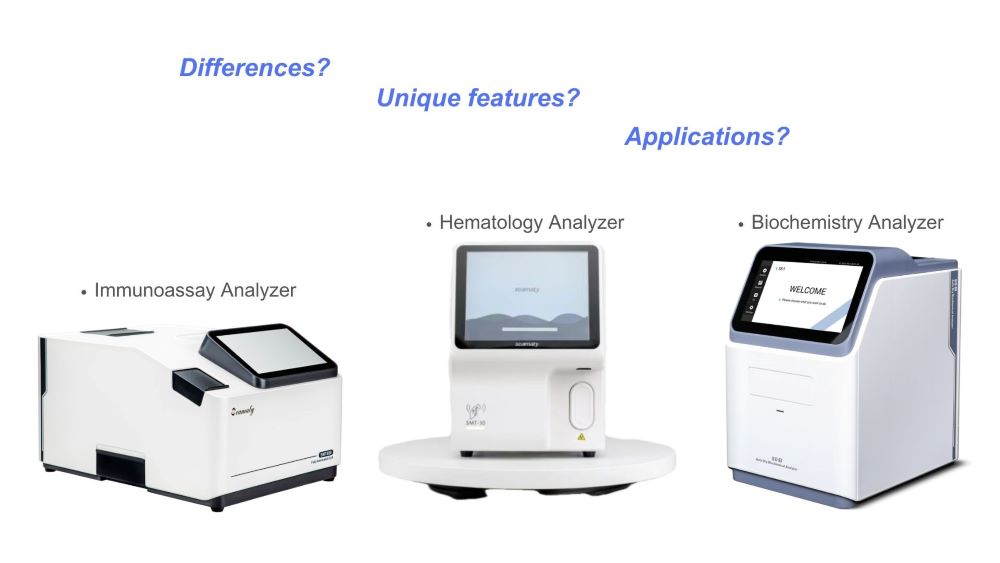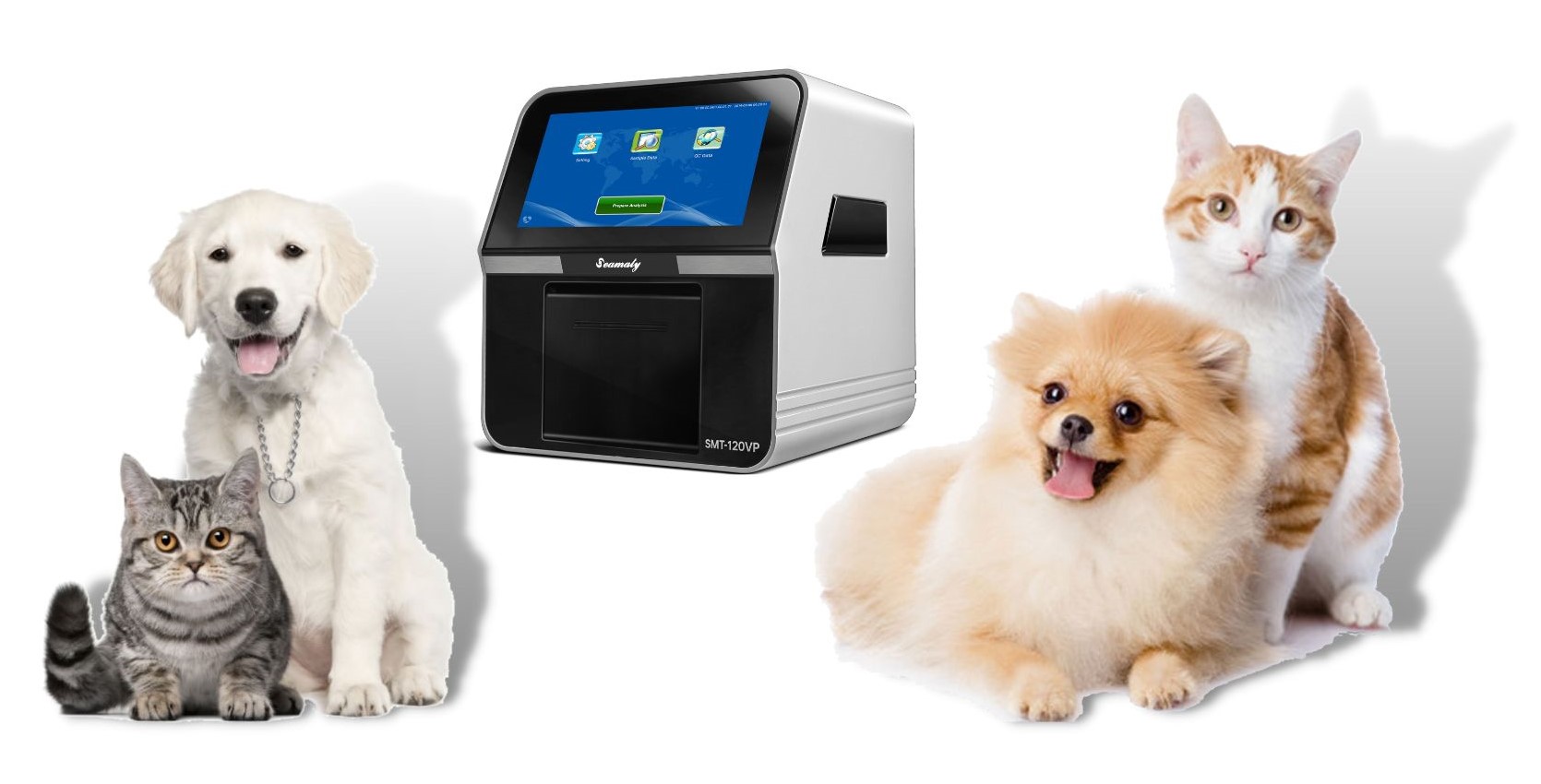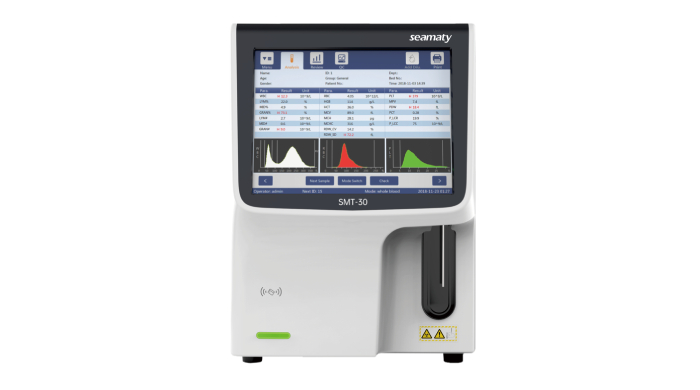release time:2021-11-17 11:42:53
Intraocular pressure: If you notice that your dog's eyeballs have become large, there is a good chance that the pressure in the eye is too high. Make sure you get to the emergency room!
For adult pets, if there is no disease, an annual checkup is sufficient. When pets enter old age, a frequency of twice a year is recommended to ensure that diseases can be detected and treated as early as possible.

2023-11-29
Discover the differences between Biochemistry Analyzer vs Hematology Analyzer vs Immunoassay Analyzer in our insightful guide. Explore unique features, applications, and technological advances. Empowering healthcare professionals with vital insights for precise patient care.

2023-04-10
Regular check-ups with a veterinarian are an essential part of keeping pets healthy, let's explore the role of veterinary chemistry analyzers in veterinary diagnosis.

2022-08-28
You are likely aware of the importance of blood testing for diagnosing and treating patients. One common type of blood test is a hematology analysis, which can help detect various diseases and conditions. A 3-part auto hematology analyzer is one type of machine that can be used for this purpose. Here's what you need to know about them.